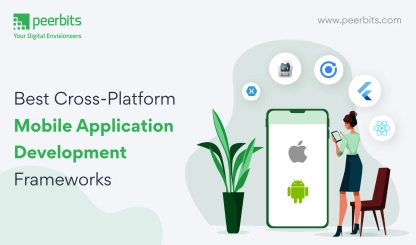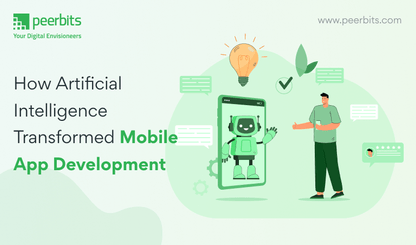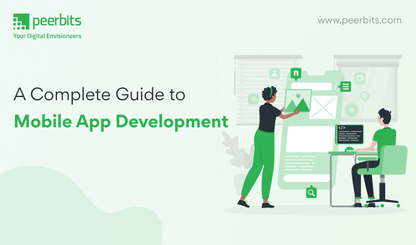Several companies promise a dream of never having to pay a visit to a gas station again have. In fact, on demand fuel delivery services have popped up in a few cities in California. On demand fuel delivery service is already a hit among Londoners.
How it works?
They are app-based services and work like Uber for fuel. That is, a person who needs to refuel his vehicle without visiting a fuel station, downloads and registers on the app.
Then he requests gas delivery by taping a button on the location-aware app he just downloaded.
The app tags the location where his car is. The person can also manually select a location if he and the car needs refueling are at a different location.
The fuel truck driver with his own app can navigate to the tagged location with the help of an inbuild map on his app.
He will refuel the car while taking care of all safety regulation and compliances. The amount gets deducted from the payment method he opted for at the time of the request.
Building the fleet
A major part of creating an on-demand fuel delivery solution is building an infrastructure—the grassroot level of work, which again requires building a fleet of fuel trucks.
The trucks must adhere to regulatory and safety compliances in the jurisdiction you’re operating the business in.
In California alone, the fuel carriers in your fleet needs appro val by both California Weights and Measures agencies, the Department of Transportation, the highway patrol, and multiple fire marshals and departments after thorough review and inspection.
To make your infrastructure future proof, the infrastructure must span all sorts of fuels and not just Gasoline and Diesel.
Tesla has brought electric cars quite in mainstream. The same goes for vehicles that run of compressed or liquified natural gas.
Once the fleet is ready to operate, you must start building an IT infrastructure around your physical infrastructure.

Creating the infrastructure
Building an IT infrastructure to realize an on-demand gas delivery solution work is more complicated than building one to realize a fleet of taxis.
While for taxis, mere on-board GPS, even on-device GPS is enough to cover the entire operations, from rider to driver, a fuel carrier needs to report a lot of additional information to the handler or the driver (depending upon the information) and must act upon on its own too in addition to performing its Uber like function of on-demand delivery app.
GPS alone can’t report the multifaced information and thus carriers must be equipped with additional set of hardware or software workarounds to report the additional set of information to the handler.
IoT devices are all around from the public domain to our home. They can connect to the internet directly, draw minimum amount of power, can report vital statistics in real-time, can interface with mobile apps/ devices, and are low cost.
‘Beacon’ is a Bluetooth LE IoT device that can run for years on a single button cell.
Smart IoT devices equipped with essential sensors and actuators and connected to the internet can do essential reporting of fuel truck in real-time.
A smart sensor in the truck can detect an anomaly in the reported data and based on the severity of the detection can report it to the fleet handler, driver, or make the truck take a decision on its own.
Reporting and analytics
Fuel trucks must maintain a lot of parameters under safe limits to keep the fuel delivery system up and going.

That goes from the temperature & pressure inside the fuel chamber to the quality of the delivered fuel and before and after volume.
The smart devices inside the truck and the fuel chamber continuously send those vital numbers to a cloud handler that stores them in log form and feeds it to an analytics software for processing.
The processed data can be used by planners and strategists to revamp the present game-plan accordingly.
Developing the software solution
No. of smart sensors to be interfaced in the fuel trucks depends upon clients’ requirements and safety and regulatory compliances in your jurisdiction.
Once you have finalized the list of smart sensors to be integrated in your solution, it’s time to start build the software part, including the mobility solutions in the form of apps.
An essential part of every software is the backend. Backend is an invisible part of any software installation that contains lines and lines of code and a bunch of compatibility layers to make it interfaceable with other applications and devices.
Once the backend is developed, compatible application and devices work in unison as a single solution.

On-demand fuel delivery business models
Choosing a suitable model for your on-demand fuel delivery business is essential for its success. That is why you need to choose it carefully. Here are the business models of on-demand fuel delivery app that you need to look at:
Fuel delivery aggregators
On-demand fuel delivery provides a great opportunity to the fuel business to boost their profits by setting up an on-demand platform for fuel delivery. This on-demand delivery platform connects the fuel delivery suppliers or distributors with the end-users.
Fuel delivery services
Fuel startups can start their own on-demand fuel delivery services by making doorstep delivery of fuel by making an uber-like on-demand fuel delivery app. This fuel delivery app will help fuel businesses to make fuel deliveries.
Popular on-demand fuel delivery players
With the evolution of technology-enabled on-demand fuel delivery app development services, it’s crucial to make communication easy between sellers and buyers. That is why many businesses are encashing this on-demand trend by building on-demand fuel delivery apps to facilitate a service that wasn’t even imagined previously in the digital era.
Here are some popular on-demand fuel delivery businesses that you need to look out for before you build an on-demand fuel delivery solution for your business:
Filld
Filld provides high-quality fuel delivery service with a totally different business model. It was started in 2015 in the DC and Bay area. To get fuel from Filld, you just need to sign up on their on-demand fuel delivery app by entering your phone number. Then Filld will send you an auto-generated message asking you to confirm your fuel delivery. You just have to reply with a ‘Yes’ or ‘No’.
Apart from this, Filld also serves fuel to the transport businesses. Filld fuels the transport business fleets between 10 pm to 5 am. They do this to avoid fuel delivery delay due to traffic.
Currently, Filld provides its services to Washington D.C, Portland, and Vancouver.
Cafu
UAE has witnessed some successful on-demand fuel delivery startups in the past few years and Cafu is one of them. Cafu delivers petrol to cars, motorcycles, boats, etc. in Dubai, Sharjah, and Ajman.
Cafu provides two fuel delivery options to its customers, the first is the on-demand method and the second one is the subscription model. In the on-demand model, you will have to pay 18 AED per fill up. While in the subscription model, you can get unlimited fuel deliveries at a monthly subscription of 26 AED.
Booster
Founded in 2014, Booster is an on-site fuel delivery service provider that provides quality fuel to customers at the same price that is charged by the gas stations.
It operates in the San Francisco Bay and Dallas Fort areas. Booster allows its users to book the fuel delivery service, pin the parking location, and pop the gas tank without opening the door of the vehicle.
Moreover, Booster’s on-demand fuel delivery app allows fleet owners to request quotes, manage delivery services, and access daily and weekly business reports.
Along with this, Booster has also started fuel delivery services on corporate campuses. Also, Booster provides tire cleaning and window washing services to its customers.
Read More: Know how to make a fuel delivery app like Booster and Yoshi
Yoshi
Yoshi is a USA based fuel delivery startup established in 2015. It provides fuel delivery and car services across the country. It allows its customers to schedule fuel delivery a week in advance.
Moreover, Yoshi also provides car maintenance services along with fuel delivery. In it, Yoshi provides tire check, engine cleaning, wiper blade changing, car washing, windshield cleaning, etc.
Apart from this, Yoshi also offers text-based fuel delivery booking services to its customers. It provides round the clock fuel delivery services to its customers. Generally, Yoshi operates in the cities like Houston, Boston, Los Angeles, Silicon Valley, Austin, etc.
Gaston
Gaston is a Europe based on-demand fuel delivery startup that operates in Paris. Gaston believes in providing quality fuel without any long lines and fuel shortages. So even if you have parked your vehicle at a public place, just make few taps over your smartphone and Gaston will fuel up your vehicle.
Moreover, Gaston’s drivers will check every supplied vehicle, wash and clean the windshield, adjust tire pressure, tire wear, check the condition of wipers, etc. to provide a hassle-free driving experience to its customers.
Perquisites of on-demand fuel delivery services
It is important to know why you need an On-Demand App for fuel delivery with the traditional Gas Station being in existence. So, below are a few of benefits of an On-Demand Gas Delivery App.
Time saving
On-demand fuel delivery app helps you in saving considerable amount of time as you no longer have to wait in the never-ending queues. You can get fuel for vehicle anywhere and at any time.
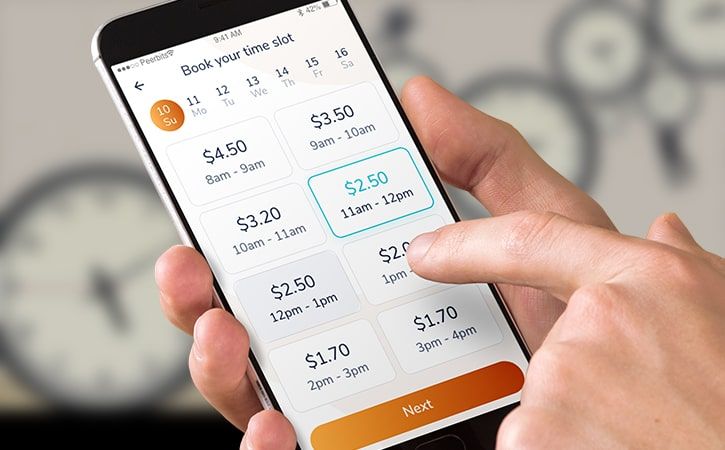
Environment friendly
One of the major benefits of these apps is that they are environment friendly. It causes little or no fuel spills and adulteration.
Your saviour in emergencies
Imagine what would you do if you ran out of gas in the middle of nowhere? You can simply get the fuel for your vehicle only by clicking on your app.
High quality fuel
The fuel supplied by On-Demand services is double filtered and of high quality. Unlike the fuel at gas station it is regularly cleaned and it does not sit in a tank for weeks.
Convenience
Arguably, one of the biggest advantages of on-demand fuel delivery service is the convenience it provides to its users.
With a fuel delivery app solution in place, your users can order fuel at anytime and from anywhere.
All they have to do is just tap on their smartphones and order the fuel.
Lower maintenance
Apart from attracting more users, developing an on-demand fuel app is beneficial for those who are in the fuel business due to its lower maintenance.
With an on-demand fuel app in place, they no longer need to make any investment in legal compliances and most importantly a place.
Thus, the fuel business owners save a huge amount of money and surges their profit levels with low maintenance and investment.
Features that will make your app stand-out
As we are already familiar with the onset of On-Demand Fuel Delivery Apps, you must ensure to provide something more than the existing apps. Below are the features that you must include.
Users can pin location where their vehicle is parked
The essence of this app is to provide fuel On-Demand and that too at user’s desired location.
So, you can’t overlook the location aspect. In fact, you must involve a feature which allows your users to select the location where their vehicle is parked. Ensure that your users don’t face any issue while entering the location.
Select time, quantity, and type of fuel
Along with location you must provide features which empower your user to make customization in their demands.
You must include a feature in which the user can select the time when he would want fuel delivered.
Along with it the feature must give your user the charge to select the quantity and type of fuel.
Payment
Payment is an essential element when comes to build an app for any On-Demand services.
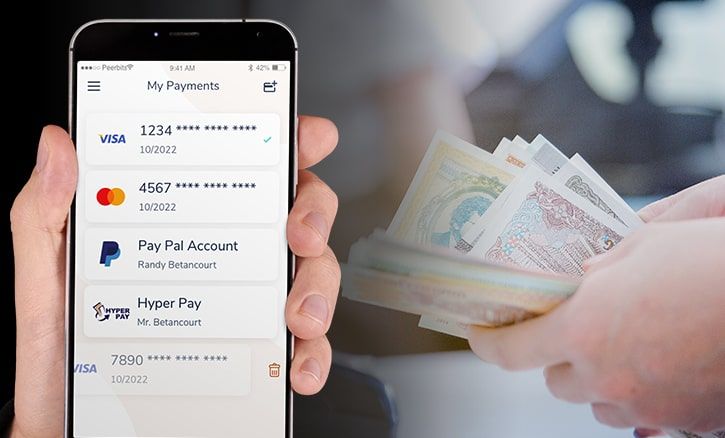
While integrating the payment feature you must ensure to include all the payment modes such cash, internet banking, card payment, and e-wallets.
To ensure security you can use different types of gateways such as PayPal, Braintree, Stripe, HyperPay, Advent, and PaymentExpress.
Real-time tracking of fuel delivery
Nowadays, Real-Time Tracking has become a vital feature in all On-Demand Applications. And it’s not just a trend; instead, it serves a very important function.
This feature would show the user about the approximate time of fuel delivery.
Moreover, you must provide the contact number of the delivery person so that user can contact him in any case of delay.
Read More: Benefits of GPS tracking for transport and logistics business
Mobility solution
An on-demand fuel delivery system needs at least two apps to work with their own set of backend and frontend: one for the fuel truck driver and one for the users.
You can always contact a reputed Mobile app development firm for consultation and to find out the cost to make an app.
Challenges faced by on-demand fuel delivery
On-demand fuel delivery is facing a lot of challenges. It’s true that many financiers have emerged that are having advanced ideas, but it’s also true that there has been an abundance of such companies.
This abundance makes it difficult to differentiate from the companies that are sincerely working towards their goals to those who just entered the market just to gain the first mover advantage without any proper homework.
Another challenge is related to safety of which the authorities always raise their concern.
Safety issues are universal for any On-demand fuel delivery app, and they have to address it sincerely to run the operations sustainably.
As a result, fuel delivery companies are taking all the necessary precautions such as security systems that would cut off the tanks in case of external affairs.
Fuel on-demand services around the world faced trouble due to the so-called grey area. The main issue is the safety of the service.
How much will it cost to develop an on-demand fuel delivery app?
The cost of fuel delivery app depends on various factors like what kind of features you want in the app and when you want to deploy it.
Apart from that factors like UI/UX experience, app platform, front and back-end development, technologies involved, and testing tools also play a major role.
If you choose Peerbits for your online fuel delivery app development, then it would cost you around $8000 to $20000.
This cost is an approximate and it is subject to change if you want any additional features or any other customized service.
On-demand fuel delivery solution with Peerbits
On-Demand Fuel Delivery App are gradually making their mark in various parts of the world. And in coming years we will see many other players coming forward and setting-up their fuel-delivery businesses.
Peerbits has developed tens of on-demand solution for many industries, including the oil and gas industry.
Our developers are well-versed with On demand app development and are responsible for the uberfication of many service industry.


